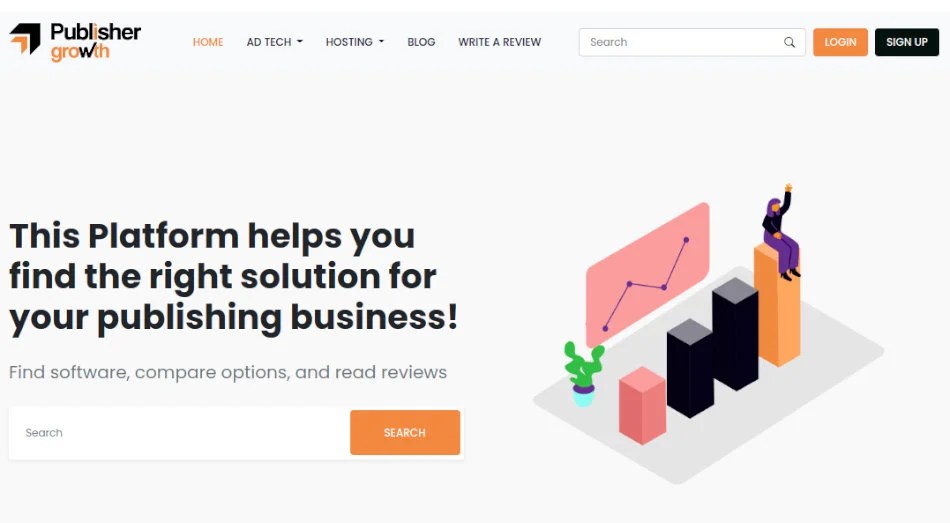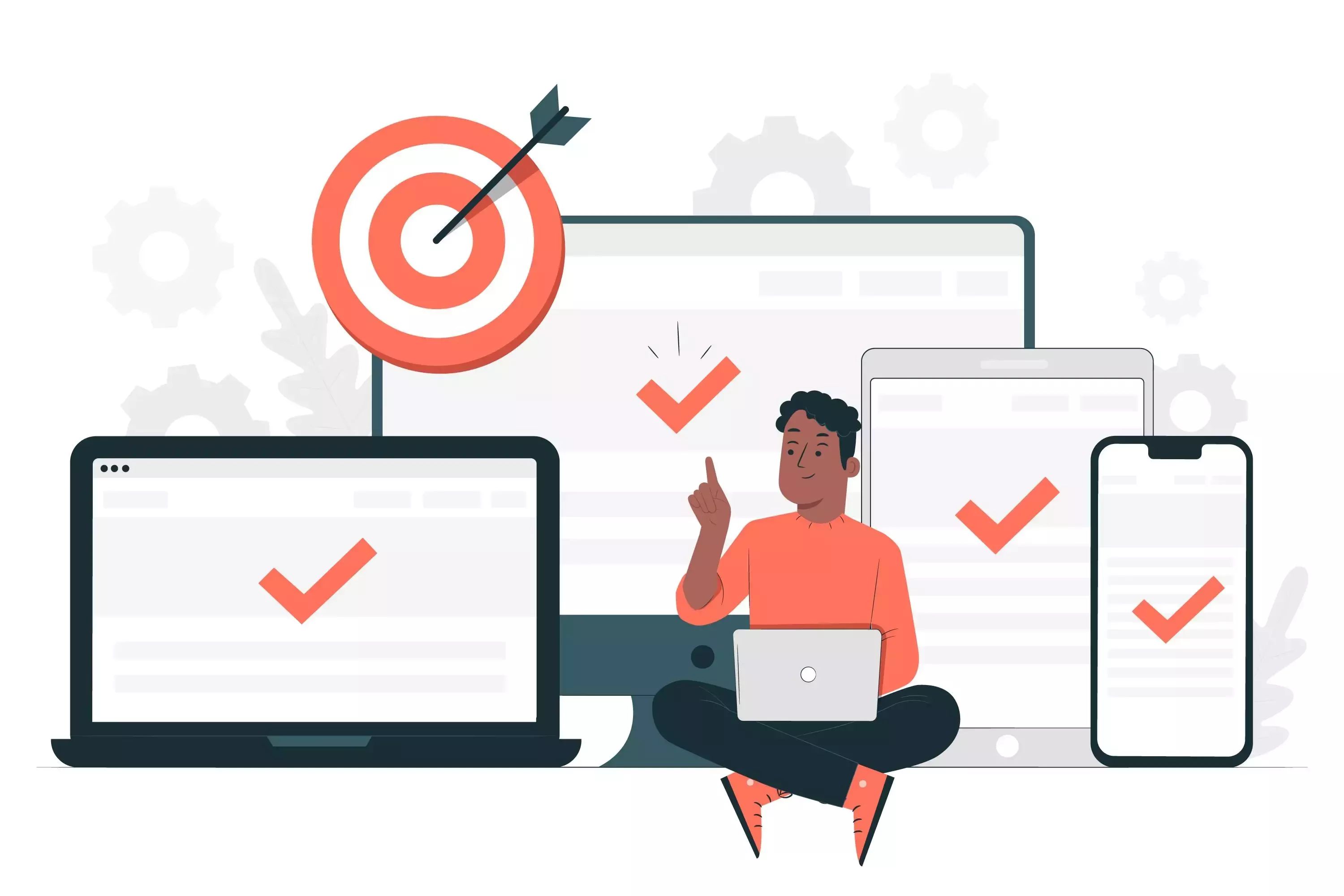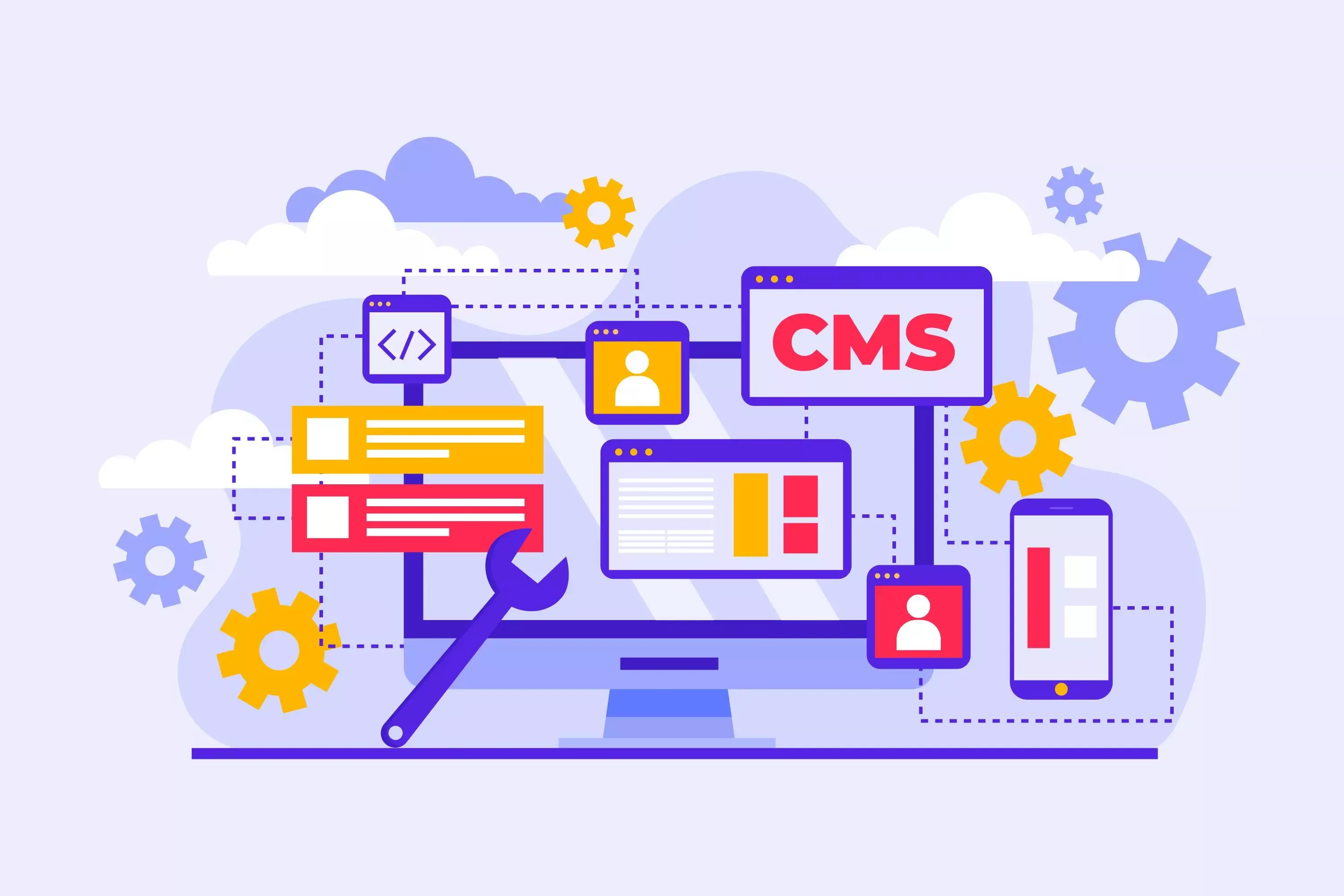How to Get More Sponsored Posts for Your Blog
-
 By Debosmita Saha
By Debosmita Saha
-
22 March 23
Suppose you have been blogging for a while and wondering about different ways of monetizing your blog. In that case, sponsored blog posts can be a winning strategy, given you have acquired a decent target group of readers already. Even with a small niche, you can make money by following specific content guidelines, which this article will explain. A sponsored post is content that is published for the benefit of a business seeking to promote its content, product, or services among the blog owner’s target audience. A sponsored blog post can be anything ranging from product reviews, articles containing landing page links of the company, or recommendation posts. As a blogger, it is your job to write content relevant to your sponsor’s product or company and keep it informational and engaging for your readers.
Sponsored posts for blogs are a way for a company to reach a larger audience and are a crucial part of its marketing strategy. They pay you for the posts to improve their website traffic and brand awareness and generate more revenue. However, you must keep in mind the fact that your content or your blogs should align with the values or goals of your sponsor.
Summary
How to Get More Sponsored Posts for Your Blog
Blogging for pleasure is one thing, and blogging as a business venture is different. This article has chalked out a set of sure-shot tips that will guide you through the process and help you land good sponsors if you follow them religiously.
1. Write in-depth Product Reviews
How can you write in-depth product reviews that motivate your readers? Write product reviews in detail because you are pre-selling the product through your blog. The motive of the advertiser can be to gauge audience engagement. Do the following:
- Know which section of your target audience will be motivated to buy the product or check out the company landing page. Product reviews are not for everyone. So, tailor your content according to the target market.
- Think of every product as a solution to a problem or lack. A product can make things easier or suggest a quicker alternative to accomplish tasks. So, explain the reader's lack of any convenient option. You can introduce the product as that alternative.
- Start introducing the product by presenting a brief overview. Then, mention their capabilities, unique traits, and what users should expect from them.
- Demonstrate the values and goals of the product. Give your readers the space to ask questions or provide feedback.
- Make sure to screenshot or provide short videos in your blog posts to make them more relatable and engaging.
- Explain the product benefits through case studies. This method helps you build a trusting relationship with your readers.
2. Signup with Publishergrowth

Publishergrowth offers you a community of publishers. You can learn more about ad platforms, tools, and general know-how through this platform. It also provides you with several monetization hacks to grow your revenue exponentially.
Signing up with Publishergrowth helps you discover innovative ways to attract traffic and be in touch with the publishing and advertising ecosystem. Here are the ways through which Publishergrowth works as follows:
- You can begin by forming an account with Publishergrowth as a website or an app.
- The publishergrowth team reviews your app/website.
- After reviewing, their adtech experts offer you the best monetization strategies based on your revenue and traffic.
- Your monetization solutions are passed on to their partners, who qualify your website.
- You can now access the signup links in their dashboard.
- Signing up as an individual partner helps you save time and effort to monetize your site.
Publishergrowth helps you navigate authentic ad networks and enables you to land the right sponsored posts for blogs. This will hike your revenue to significant amounts!
3. Make your Site Look Professional
A reader's attention span is as low as eight seconds, and you must make it count. How do you do this? By making your website look professional. Perfecting the design and UX can make it look organized and decluttered. Your CTAs must be clear, and your website performance, content, navigation, and links must run smoothly. Here are a few ways in which you can grab user attention fast:
- Make it mobile-adaptable. All website owners need to optimize their sites across several devices. Among the devices, mobile traffic has already outranked desktop traffic. This means you must modify your design and layout and ensure responsiveness for small screens. Your mobile and desktop site must have the same personality and brand identity.
- Make it interactive by integrating chatbots. Today, some of the high-ranking apps are messaging apps. An automated chatbot is a great way to initiate interaction with users. Moreover, chatbots can act as a real-time guide for any user queries and for feedback too. Chatbots can be fully automated and need no extra effort from the developer team.
- Make sure that your page loads faster. If your pages are loading slowly, it will not only make users abandon your site but also will affect your Google ranking. There are several ways to better your page speed. Some of them are - optimizing page code and images and lessening the number of redirects.
- Make your webpage fonts exciting and attractive. With improved screen resolution, you can now experiment with fonts and designs. Choose a custom or template design, depending on your budget and human resources. Custom designs allow you to test and do not have limited designs, layouts, image, and video placement choices. But, template designs have limited resources, are budget-friendly, and do not require as much workforce and budget as custom designs.
- Make your page SEO-optimized so users can find you easily on the search engine. Make sure to use powerful SEO-rich keywords in titles and meta descriptions.
- Improve engagement by using audio-visual modes of content. Keep the background of your webpage simple yet exciting.
4. Get Your Blog Listed on Articles that Talks About Sponsored Post
Publishing content regularly is good for steady growth. But, the blogging market is becoming increasingly competitive. In this situation, you can gain real traction only by looking beyond publishing content on your website. You need to gain a larger audience by sharing your content in other articles from major websites.
Thousands of online articles provide information about several blogs that accept sponsored posts. If you can get your blog name listed in these kinds of articles, it will not only promote your content, but you will also get an insight into how well-read these articles are. Based on that, you can check out how these blogs work, what is the audience engagement, and ultimately, the tactics they use to get more sponsored posts.
5. Reach out to PR and SEO Companies
Remember to pitch your content ideas to PR agencies of brands to work with a brand for sponsored posts. You will usually find the PR Rep’s contact in the brand website. Start by introducing yourself and your blog in the mail. Keep it brief and add only the key highlights of your profile and blog. Mention your page views/followers, your blogging period, and the achievements of your blog, if any.
Be sure to mention any of their content or products that you have loved or heard about. The fundamental goal should be to build a relationship with the brand and the PRs. You can personally contact them to see if they would consider your offer.
In the digital marketing space, SEO is something all bloggers know about. Search Engine Optimization is necessary to keep your blogging business afloat, and no matter how easy it seems, SEO marketing should be done consistently and religiously. SEO is rather complex when you start grasping the longs and shorts of it. SEO marketing involves:
- Publishing high-quality, plagiarism-free, and fresh content daily
- Regular updating of existing pages for accurate response time
- Promoting and advertising your content through social media and emails.
- Adding backlinks to the new pages and keeping tabs on them.
Thus, you need someone who will take care of these things while you are working on your blogs. Reaching out to SEO companies will help you with this grueling marketing process. Your website will generate more traffic in no time while you can focus on your content and your audience. With the help of these SEO companies, you will also attract more sponsored posts for blogs since you will score a large reader base along with a good search engine ranking.
6. Run 3rd Party Advertisements
Third-party advertisements generally have three parties - the ad server, the website publisher, and the user. The publisher’s content is written on behalf of the advertisers. The content aims to lead the audience to engage with the ads.
Third-party advertisements arose for two significant reasons. Many advertisers don’t have their toolkit to serve ads. Another is some publishers do not want to work directly with advertisers. This has opened the opportunity for third-party ad servers. In these cases, advertisements are uploaded to the third-party ad server. An ad tag is generated, which is further used in serving ads to websites or apps. Moreover, third-party ads are cost-effective for ad providers.
7. Create a Mediakit
A Mediakit is a webpage on your website with all the relevant information about you. This helps any advertisers or PR Rep approaching you to gauge your suitability for the job. A well-drafted Mediakit is also helpful if you pitch your content to another publisher or brand. Even though you are a small-scale blogger, it is wise always to keep your Mediakit updated. Your Mediakit often acts as the face of your blog/business. This helps potential advertisers to figure out who you are and your achievements as a blogger.
Things you should keep in mind while creating your Mediakit:
- You can create a timeline for your press releases, awards, and other achievements.
- Collect your audience info and feedback or testimonials and incorporate them in your Mediakit.
- Remember to draft your ‘About Us’ section properly.
- Make it engaging by including images and other graphics.
- Include statistics that show the overall page following, audience demographic, website traffic, and other relevant metrics.
- Mention any pricing options or rates. Also, include any previous collaborations and future aims.
- Don’t leave out your contact details.
8. Include a “Advertise” Page
Including a “Advertise” page will help you dedicate an entire page for your Mediakit, contact details, and site details so that the advertisers can quickly contact you. On this page, your page goal, audience metrics, web traffic, engagement rate - everything is visible. This is your blog resume that advertisers notice and finally help you get sponsored posts.
Sponsored blog posts are a fantastic way to earn money and a reputation for your blog. Follow the above-listed effective tips on how to get sponsored posts to attract the attention of brands. Creating good organic content and making your site look professional can take you so far. Once you get into a good ad network, you can access multiple streams of earning revenue. When you start developing your blog to attract advertisers, you also learn to profile your audience, create your blog presence more robustly, and update your stats. This exercise will also help you in the long run by making your website more professional and legible. You can even become a full-time blogger by partnering with your clients and creating sponsored content.
| Recommended Software | Category | Why Choose? | Signup URL |
|---|---|---|---|
| Setupad | Website Monetization | High CPMs, On time payments | Signup here |
| Refinery89 | Website Monetization | Easy installation, High CPMs | Signup here |
Blog FAQs

Debosmita Saha is currently pursuing English Literature. She is a scribbler of poetry, short stories, and book reviews
View All PostsOur Editors’ Pick:
Browse these amazing publisher monetization tools handpicked by our team of editors

























